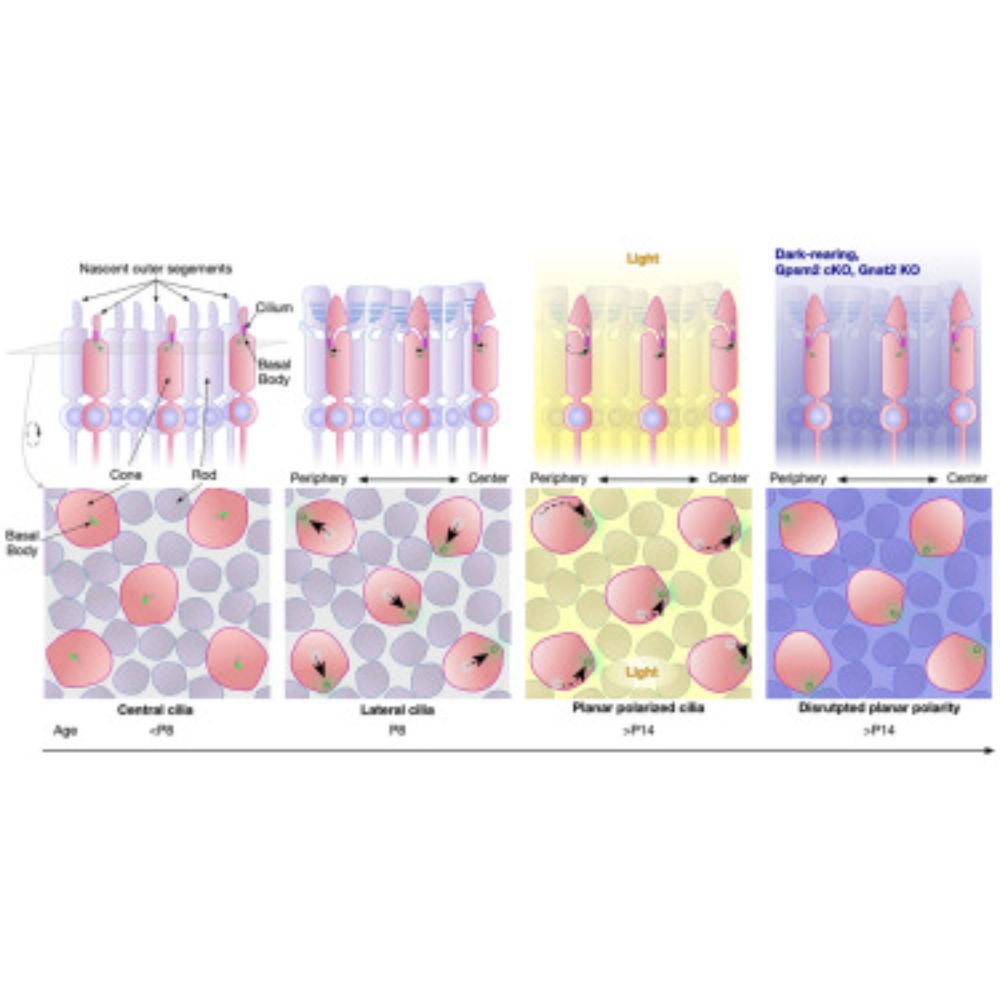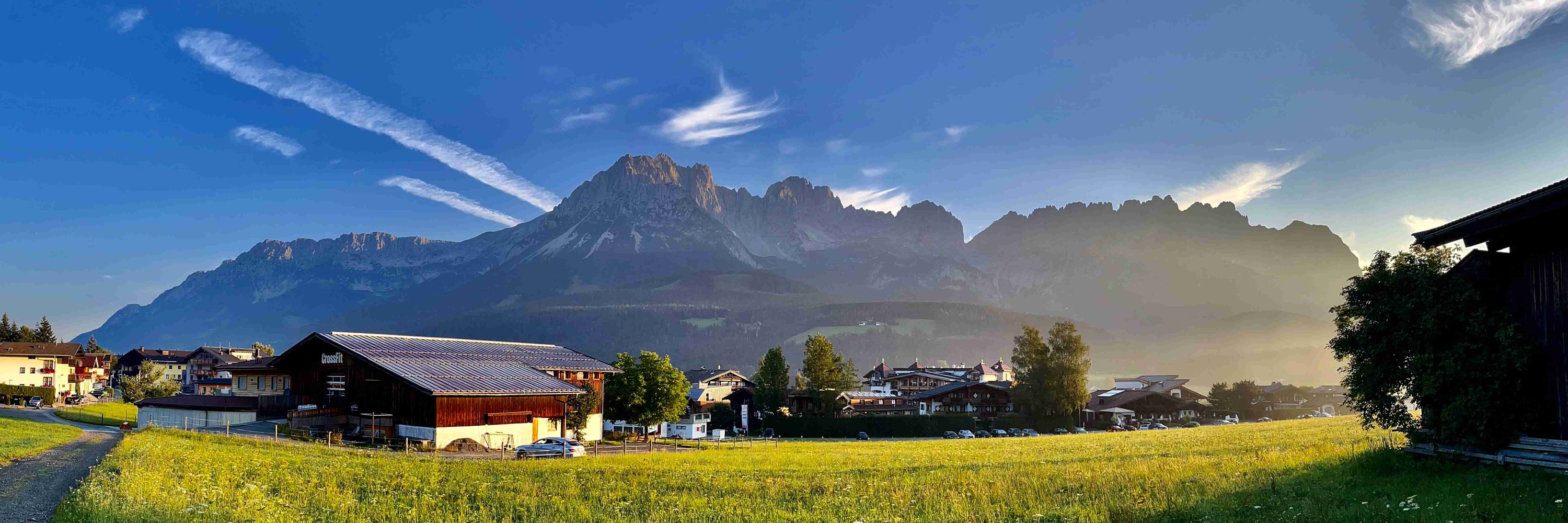
www.science.org/doi/10.1126/...

www.science.org/doi/10.1126/...
'Zebrafish use spectral information to suppress the visual background'
Huge thanks to @neurofishh.bsky.social & @teuler.bsky.social
@cellpress.bsky.social @cp-cell.bsky.social
👇🏻
www.cell.com/cell/fulltex...

'Zebrafish use spectral information to suppress the visual background'
Huge thanks to @neurofishh.bsky.social & @teuler.bsky.social
@cellpress.bsky.social @cp-cell.bsky.social
👇🏻
www.cell.com/cell/fulltex...

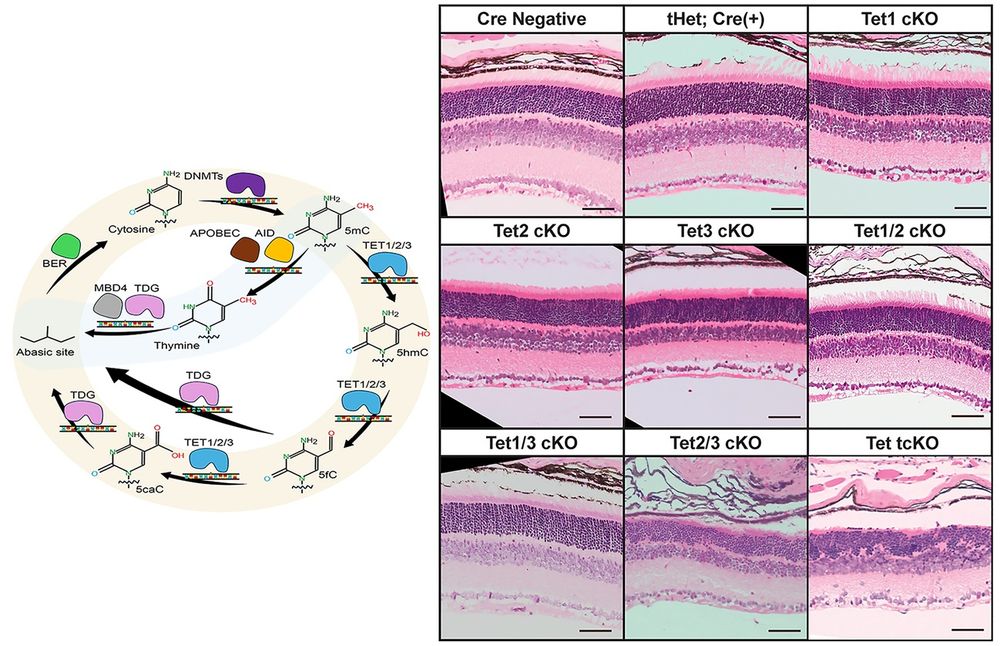
@nkkuhn.bsky.social for leading the way, with key contributions from Chen Li and
@boninlab.bsky.social. Thanks also to: @nerflabs.bsky.social, @fwovlaanderen.bsky.social, @viblifesciences.bsky.social, and KU Leuven.
tinyurl.com/3rfe6f2k
@nkkuhn.bsky.social for leading the way, with key contributions from Chen Li and
@boninlab.bsky.social. Thanks also to: @nerflabs.bsky.social, @fwovlaanderen.bsky.social, @viblifesciences.bsky.social, and KU Leuven.
tinyurl.com/3rfe6f2k



🔗 www.nature.com/articles/s41...
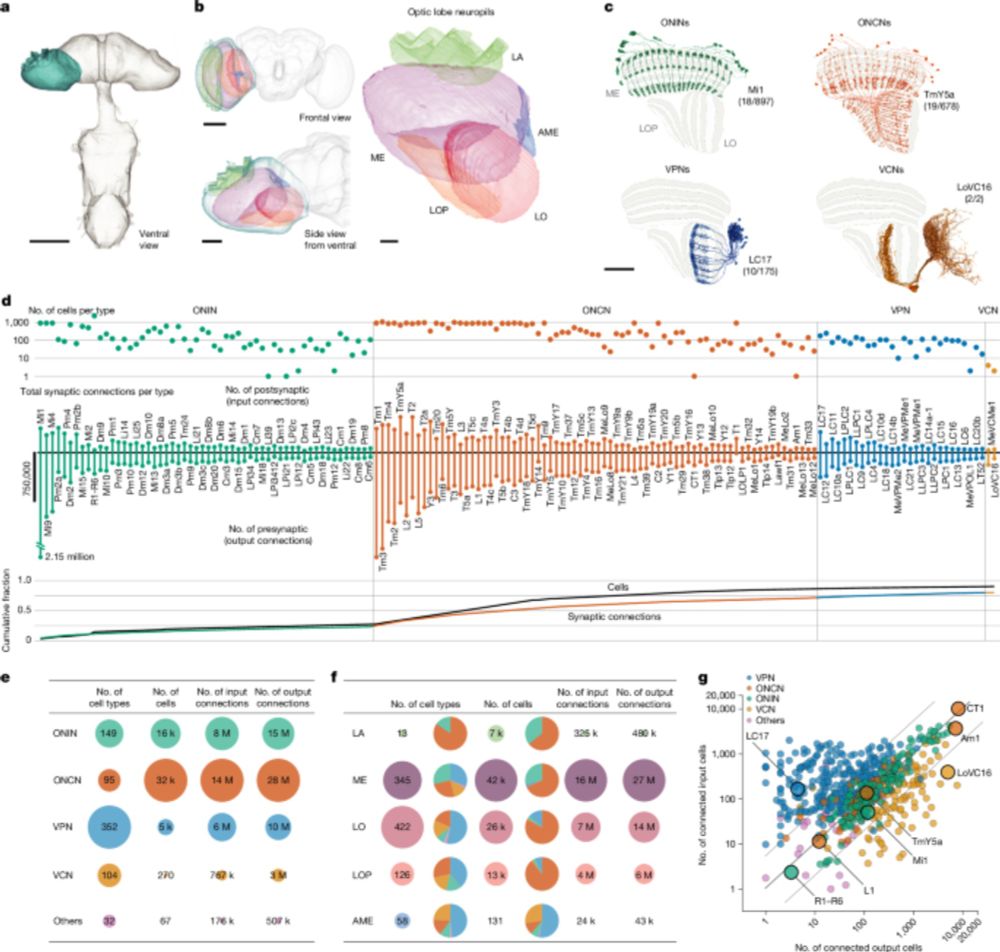
🔗 www.nature.com/articles/s41...
www.nature.com/articles/s41...
github.com/sn-lab/Mouse...
#neuroskyence
www.nature.com/articles/s41...
github.com/sn-lab/Mouse...
#neuroskyence
More: www.cell.com/cancer-cell/...
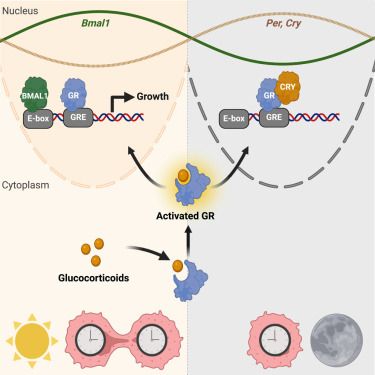
More: www.cell.com/cancer-cell/...
www.science.org/doi/10.1126/...
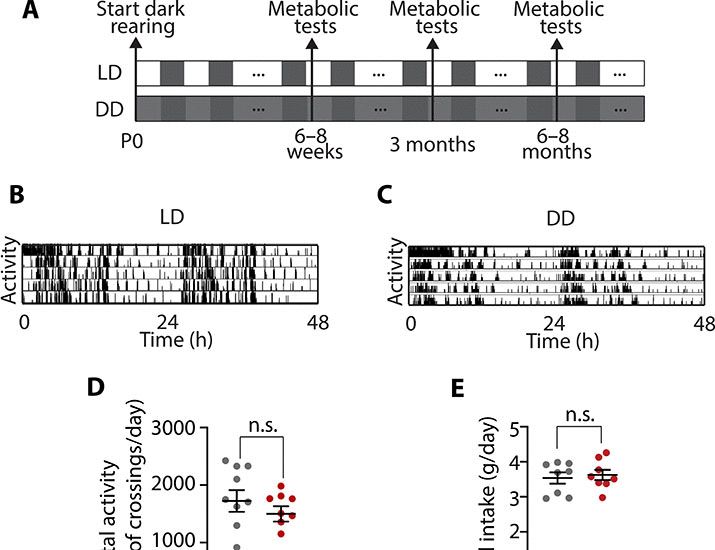
www.science.org/doi/10.1126/...
www.nature.com/articles/s41...

www.nature.com/articles/s41...

during prey interception flight. Interestingly, the classic target detector neurons (TSDNs) appear to control foveating head movements during flight, not prey capture.
www.biorxiv.org/content/10.1...

during prey interception flight. Interestingly, the classic target detector neurons (TSDNs) appear to control foveating head movements during flight, not prey capture.
www.biorxiv.org/content/10.1...


